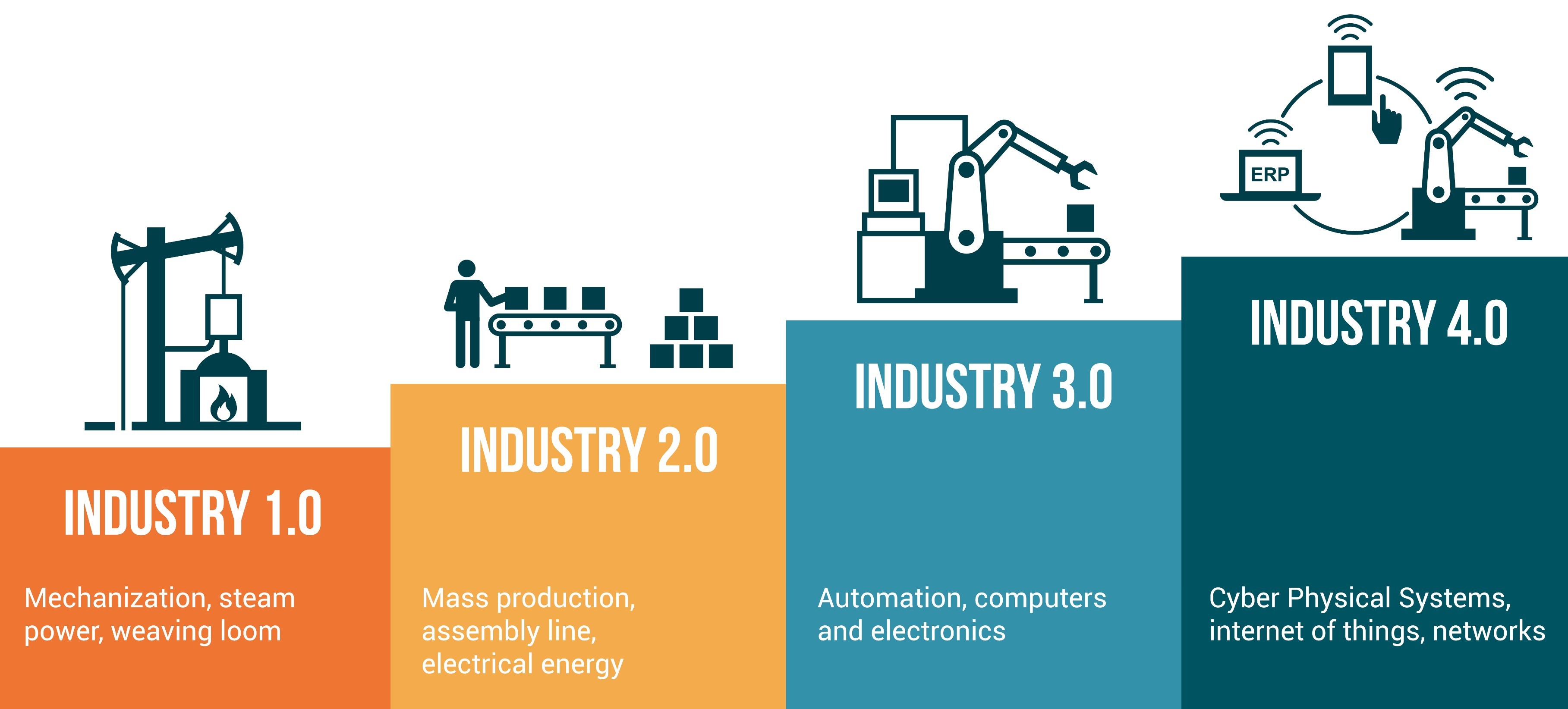|
In today's interconnected world, where technology permeates every aspect of our lives, ensuring the security of our digital systems and data has become paramount. Cybersecurity analytics plays a vital role in safeguarding organizations from the ever-evolving landscape of cyber threats. By leveraging advanced technologies and analytical techniques, cybersecurity analytics provides real-time insights into potential vulnerabilities, detects malicious activities, and enables proactive risk mitigation strategies. The foundation of cybersecurity analytics lies in data collection and analysis. Organizations employ various methods to gather vast amounts of data, including network logs, system event records, and user behavior data. This data becomes the bedrock for detecting anomalies and identifying potential breaches. With the advent of big data and cloud computing, organizations now have the capability to store and process massive volumes of data efficiently. One of the key components of cybersecurity analytics is threat intelligence. It involves constantly monitoring external sources, such as dark web forums and hacker communities, to gather information about emerging threats and attack vectors. By integrating threat intelligence feeds with internal data, organizations can proactively identify and prioritize potential risks before they manifest into full-blown breaches. To make sense of the collected data, cybersecurity analytics relies on advanced analytical techniques and machine learning algorithms. These algorithms sift through the vast amounts of data, searching for patterns, anomalies, and indicators of compromise. By applying statistical models, anomaly detection algorithms, and behavioral analysis, cybersecurity analysts can uncover hidden threats that traditional security measures might overlook. Real-time monitoring and incident response are crucial aspects of cybersecurity analytics. Security Information and Event Management (SIEM) platforms integrate data from multiple sources to provide a centralized view of the organization's security posture. SIEM solutions correlate events, detect anomalies, and generate alerts when abnormal activities occur. These alerts enable security teams to respond swiftly and effectively to mitigate potential threats. Furthermore, cybersecurity analytics leverages the power of predictive analytics to forecast and preempt potential attacks. By analyzing historical data, identifying attack patterns, and simulating scenarios, organizations can proactively strengthen their security defenses. Predictive analytics empowers security teams with actionable insights, helping them fortify vulnerable areas and stay one step ahead of cybercriminals. In conclusion, cybersecurity analytics serves as a critical defense mechanism in today's digital landscape. By harnessing the power of data collection, advanced analytics, threat intelligence, and real-time monitoring, organizations can identify and mitigate potential threats before they cause significant harm. As the threat landscape continues to evolve, cybersecurity analytics will play an increasingly pivotal role in safeguarding our digital infrastructure and ensuring a secure online environment for individuals and businesses alike.  |
